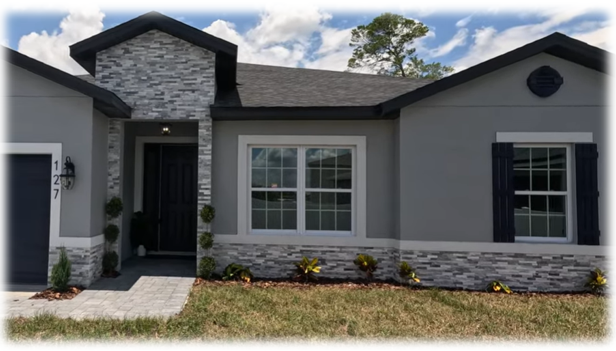The Impact of Location on Home Insurance Rates
Owning a home is a significant milestone, often representing a person’s most significant investment. Naturally, homeowners prioritize safeguarding this asset. One primary method of protection is securing a robust home insurance policy. Yet, a puzzling scenario arises when two homes, seemingly identical in size and structure, attract disparate insurance rates. The key differentiator? Their location.
Understanding the Basics of Home Insurance Pricing
Insurance is a game of predicting and pricing risks. While various factors contribute to a home’s insurability – such as its age, construction materials, and general upkeep – its geographical location frequently plays a pivotal role. That’s because certain locations come with unique sets of challenges and risks that insurers cannot overlook. Where a house is located can significantly sway its insurance premium.
Impact of Geographic Location
Let’s delve a bit deeper. The U.S., vast and varied, comprises states and regions with distinct geographical and regulatory characteristics. For instance, the regulations that guide home insurance in Texas might differ from those in Oregon. This differentiation leads to discrepancies in offerings and, consequently, pricing. Urban locales, brimming with infrastructure and population density, carry different risks compared to their rural counterparts. The hustle and bustle of city life can sometimes translate to higher liabilities, thereby influencing insurance premiums.
Natural Disaster Risks
Geography often dictates the kind of natural disasters an area is susceptible to:
- Coastal areas: Homes here are perpetually under the shadow of potential hurricanes and flooding, leading insurers to price policies higher. Homeowners Insurance in Florida s an example of this constant increase in rates.
- Midwest regions: These are tornado hotspots. The high frequency of these wind funnels pushes insurance rates up.
- West Coast: This region’s beauty comes with a caveat. The persistent threats of earthquakes and wildfires mean homeowners here often have to shell out more for their insurance.
V. Crime Rate and Its Impact
Beyond natural disasters, human factors also play a substantial role in insurance rate determination. A neighborhood’s safety profile, determined by its crime rates, is of prime consideration. Residences in high-crime zones invariably attract higher premiums. In contrast, those in peaceful areas, especially ones with active community watch programs, enjoy the luxury of lower rates. The silver lining? Even in riskier areas, homes equipped with advanced security systems might qualify for discounted rates.
VI. Proximity to Fire Departments and Water Sources
This might seem nuanced, but it’s a vital consideration for insurers. A home that’s a stone’s throw away from a fire department or a water source is likely to suffer less damage in case of a fire. This reduced risk often translates to lower insurance rates. However, homes nestled deep in rural areas, miles away from the nearest fire station, usually bear the brunt of higher premiums.
Future Considerations: Climate Change and Urban Development
As the world grapples with climate change, insurers are recalibrating their risk assessments. Areas once considered low risk might face new challenges, influencing future insurance premiums. Additionally, urban development patterns can either alleviate or compound regional risks.
Tips for Homeowners
For those venturing into homeownership or reevaluating their current situation, a proactive and informed approach can yield significant benefits. Here are some essential strategies to keep in mind:
- Research: Before committing to a property, delve deep into its location’s risk profile. Are there historical data on floods, earthquakes, or wildfires? Understanding potential threats helps in preparing better.
- Mitigate: If you find that your desired or current home lies in a high-risk zone, consider adopting protective measures. This could range from installing flood barriers, opting for earthquake retrofitting, or even enhancing security measures against theft and break-ins.
- Stay Updated: The world is dynamic, and risks evolve. Ensure your insurance policy reflects current realities. As the neighborhood develops, or as climate patterns shift, reviewing and updating your policy can ensure optimal protection.
- Shop Around: Don’t settle for the first quote you receive. Different insurance providers might assess risks differently, leading to variance in premiums. By comparing home insurance quotes from multiple providers, you can ensure you get the best coverage at the most competitive price.
By integrating these tips into your homeownership journey, you position yourself for both enhanced protection and potentially significant financial savings.
Happy Ending
Understanding how location influences home insurance rates empowers homeowners to make informed decisions, both in property purchase and in managing their insurance. By being proactive and knowledgeable, homeowners can better navigate the complex world of home insurance.




